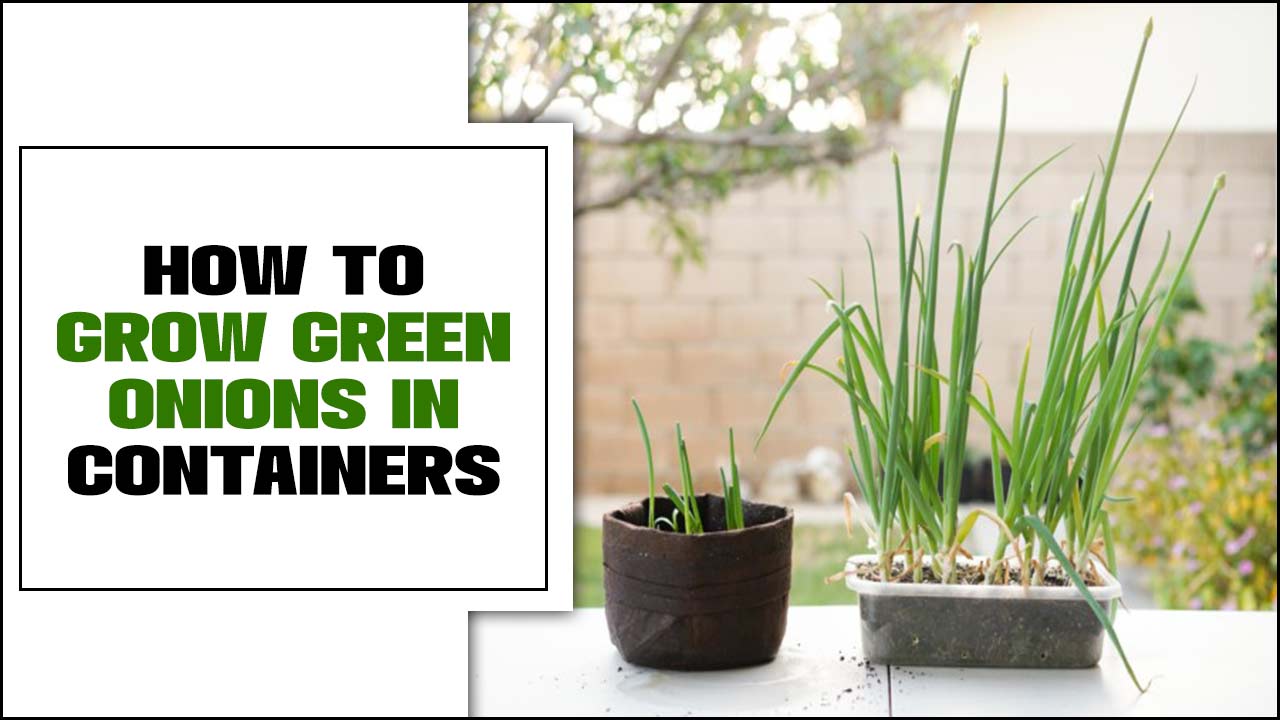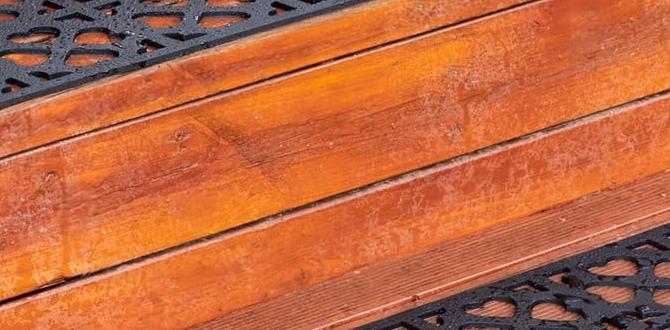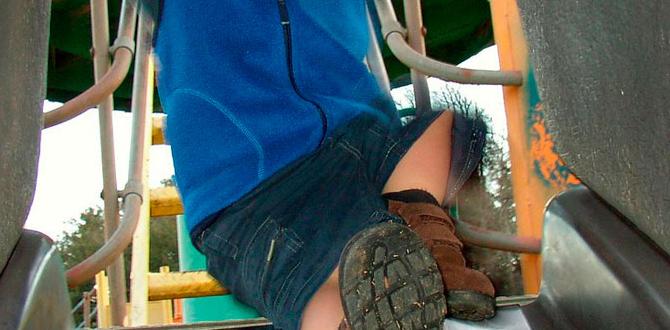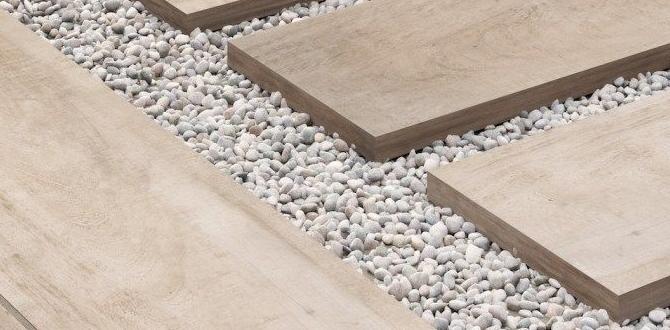Indoor gardening has become increasingly popular in recent years, particularly for those living in urban areas or with limited outdoor space. Not only does it bring nature into our homes, but it also provides the satisfaction of growing and nurturing our own plants.
One such plant that is easy to grow and maintain indoors is the chive plant. Known for its delicate onion-like flavor and versatile uses in cooking, chives are a must-have for any kitchen. The good news is that you don’t need to have a green thumb or a sprawling garden to grow chives successfully. With the right knowledge and techniques, you can easily grow this herb right in the comfort of your home.
We will discuss the step-by-step process of growing chive plants indoors, from selecting the right variety to caring for the plant and harvesting its flavorful leaves. So, whether you’re a seasoned gardener or just starting out, read on to discover how you can enjoy fresh chives all year round with an indoor garden.
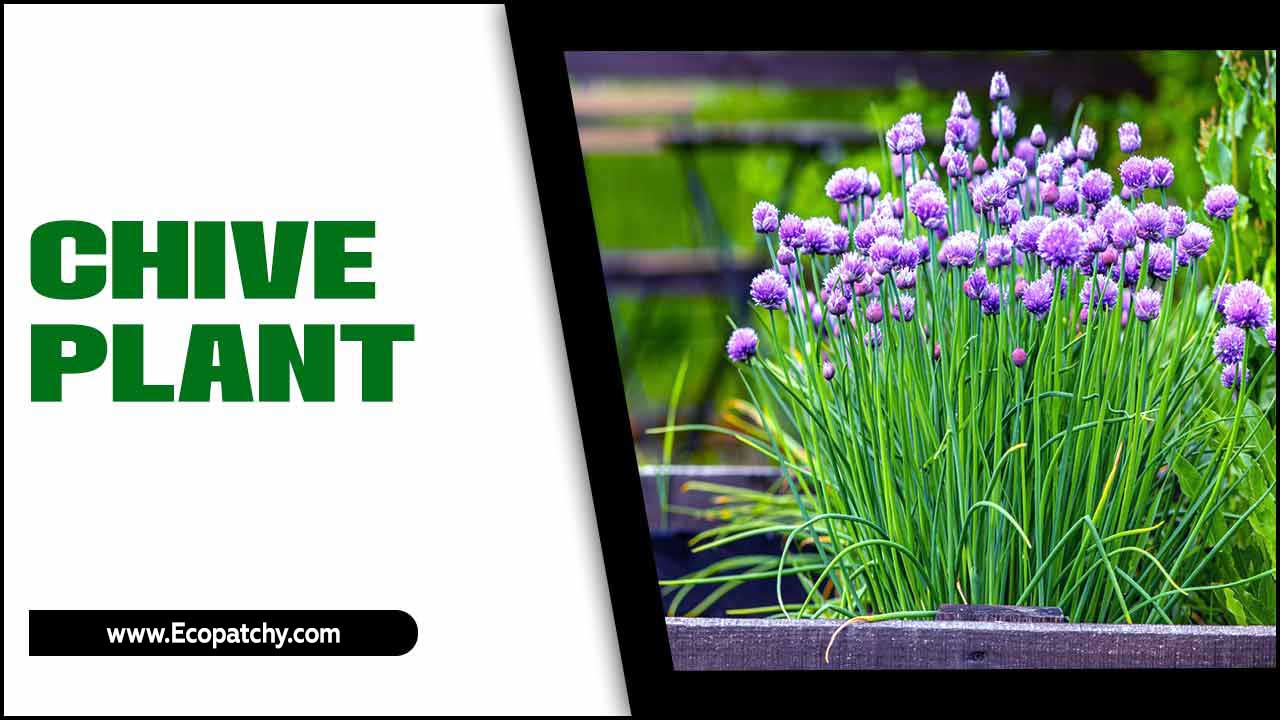
What You Need To Know About Growing Chives Indoors
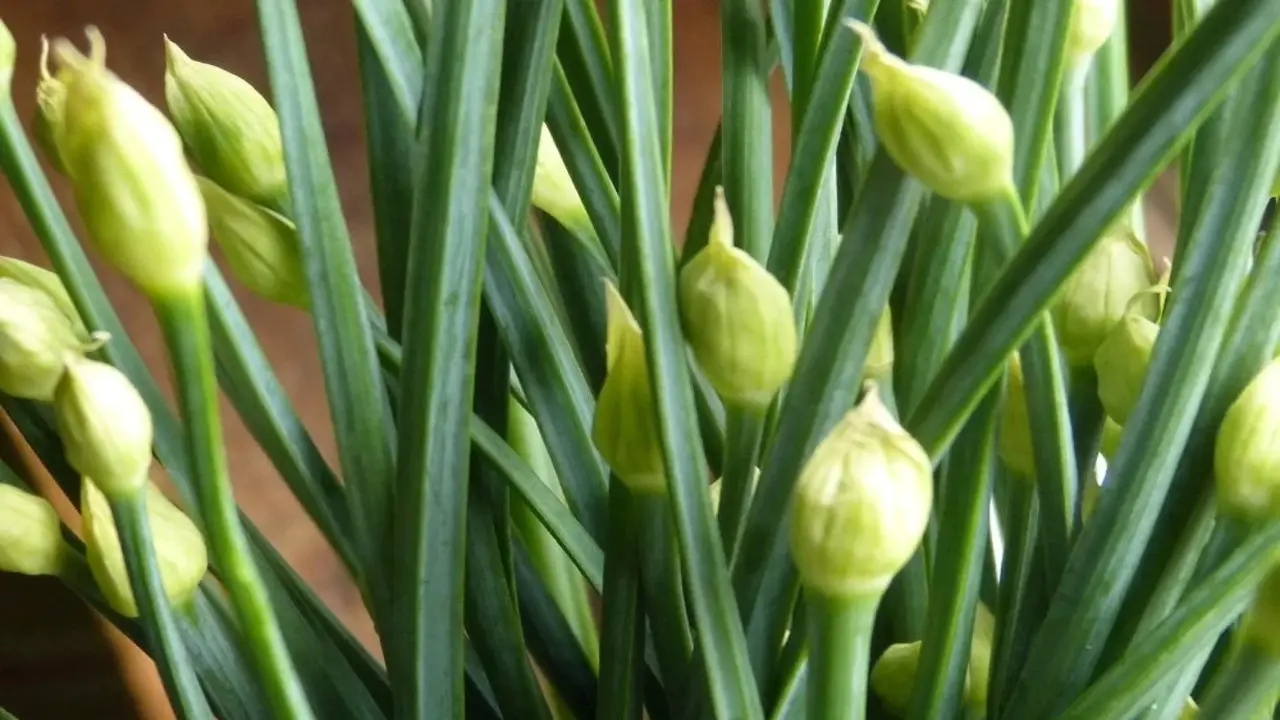
When it comes to growing chives indoors, there are a few key things to keep in mind. By following these tips, you can enjoy fresh and flavorful chives right from your own indoor garden. Here’s what you need to know:
- Start With The Right Conditions: Chives thrive in bright, indirect sunlight, so be sure to place them near a window or under grow lights.
- Choose The Right Container: Opt for a pot with good drainage to prevent waterlogged soil. A pot that is at least 6 inches deep will provide enough space for the chive roots to grow.
- Use Well-Draining Soil: Chives prefer moist but not soggy soil. A well-draining potting mix that retains some moisture is ideal.
- Water Properly: Water your chives when the top inch of soil feels dry. Be careful not to overwater, as this can lead to root rot.
- Fertilize Occasionally: Chives don’t require heavy feeding, but a balanced liquid fertilizer can help promote healthy growth. Apply according to the package instructions.
- Harvest Regularly: To encourage new growth, snip off individual leaves from the base of the plant. Avoid cutting more than one-third of the plant at a time.
How To Grow Chive Plants Indoors? – Simple 6 Ways
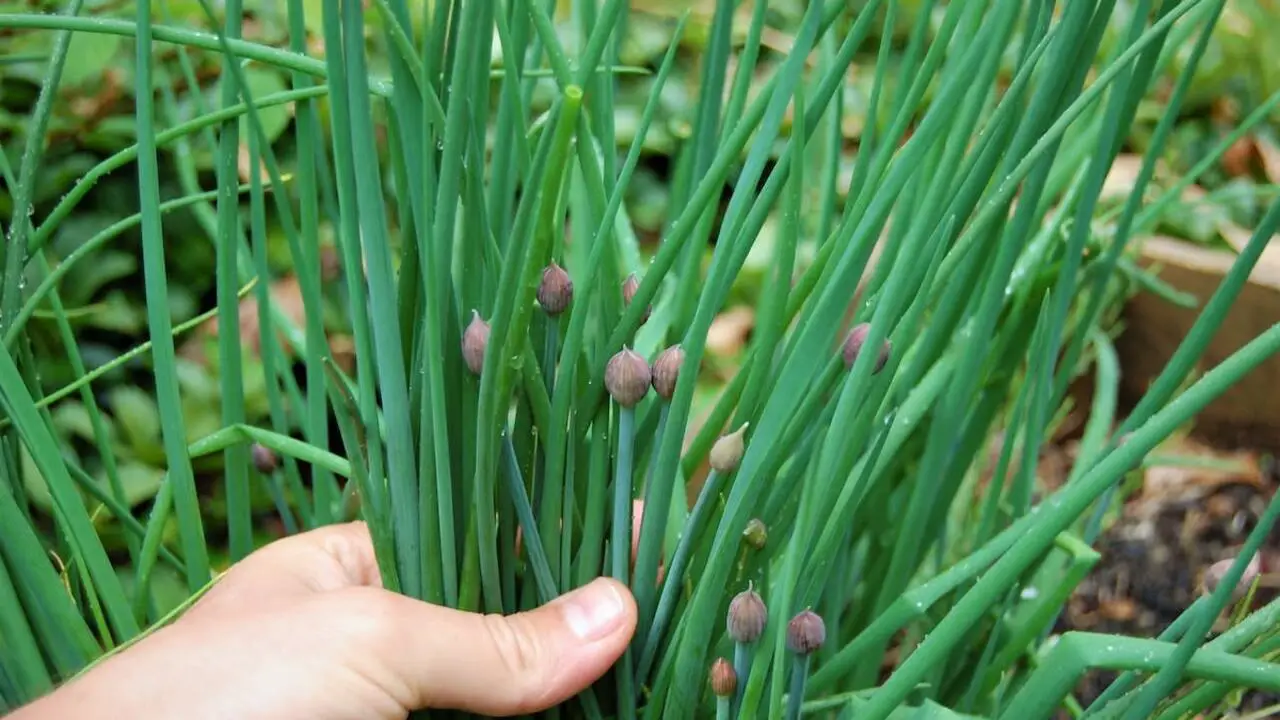
Growing chive plants indoors can be a rewarding experience for any gardener. Not only are they easy to care for, but they also add a fresh and delicious flavor to your cooking. By following these simple steps, you can enjoy the taste and beauty of chive plants right in your own home all year round. Here are six ways to successfully grow chive plants indoors:
1.Choosing The Right Container
When growing chive plants indoors, it is important to choose the right container. Opt for a container with drainage holes to prevent waterlogged soil. Select a container that is at least 8-12 inches in diameter to provide enough room for the chive plant to grow.
Consider using a shallow pot to prevent waterlogging further. Look for containers made of materials like plastic or clay, which are suitable for indoor gardening. By choosing the right container, you can ensure the optimal growth of your chive plants.
2.Preparing The Soil
When growing chive plants indoors, it is crucial to prepre the soil properly. Start by using well-draining potting soil to prevent waterlogged roots. Enhance the soil’s fertility by adding compost or organic matter, ensuring the plants receive sufficient nutrients.
The ideal soil pH for chives is slightly acidic, ranging from 6.0 to 7.0. Before planting, remove any rocks or debris from the soil to create an optimal growing environment. Additionally, loosening the soil will improve drainage and promote healthy root development.
3.Planting Chives
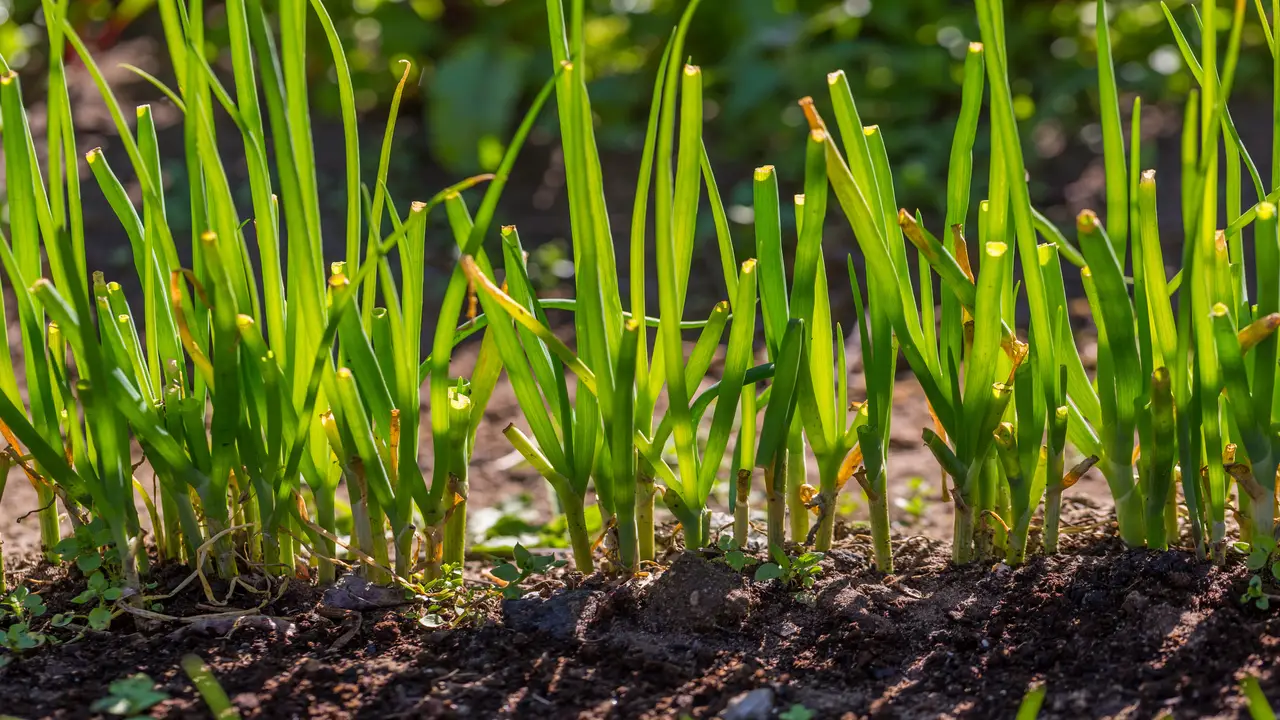
Start your chive plant journey by either growing them from seeds or purchasing seedlings. For optimal growth, place the seeds or seedlings in the soil with a spacing of 8-12 inches. Remember to cover the chive roots with soil, ensuring they are not buried too deep. Gently press down on the soil to secure the plants in place, and don’t forget to give them a thorough watering after planting.
4.Water And Sun Requirements
To ensure optimal growth, water chive plants regularly, maintaining moist but not waterlogged soil. Place the container in a location that receives a minimum of 6-8 hours of sunlight each day. If natural sunlight is limited, provide supplementary artificial light. Avoid overwatering by allowing the top inch of soil to dry out between waterings. Monitor moisture levels and adjust watering accordingly to prevent under or overhydration.
5.Fertilizing Chives

To ensure healthy growth, fertilize your chive plants every 4-6 weeks during the growing season with a balanced, water-soluble fertilizer. Follow the package instructions for indoor plants to apply the fertilizer properly. Be cautious not to over-fertilize, as it can result in excessive foliage growth and weaken the flavor of the chives. Consider using organic fertilizers for a more sustainable approach. Regularly monitor your chive plant’s growth and adjust the fertilizer application if necessary.
6.Harvesting Chives
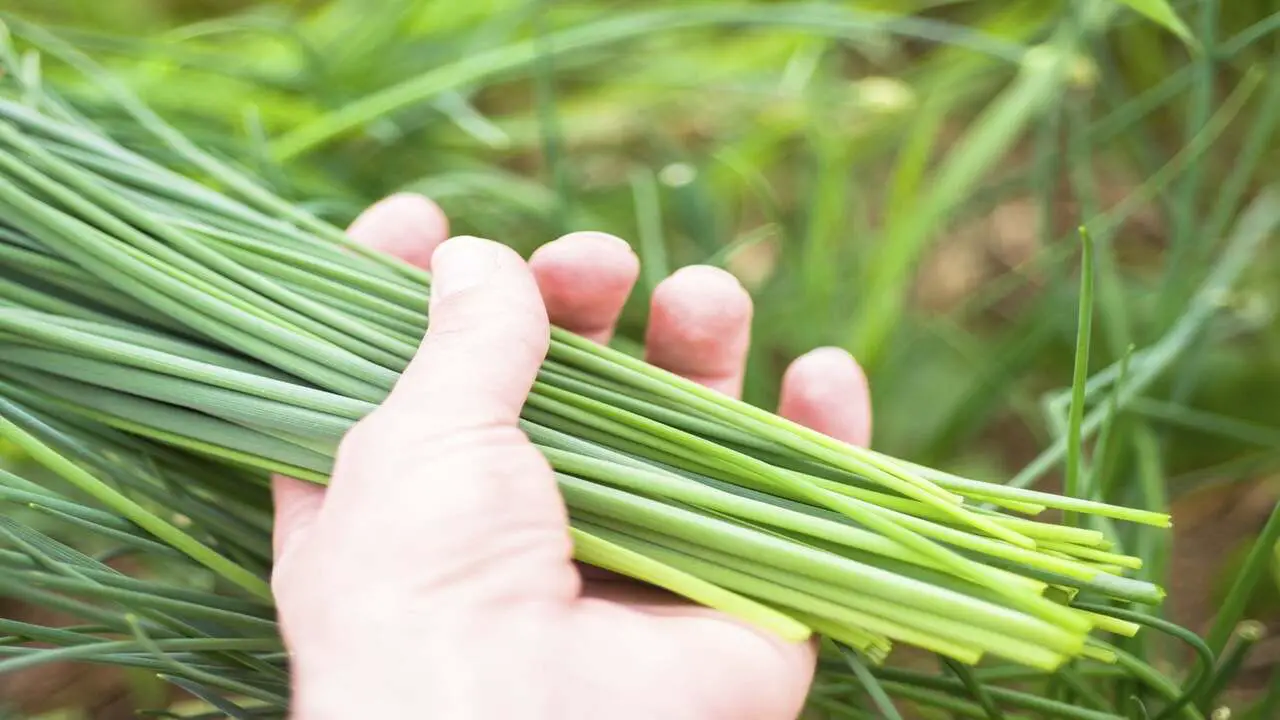
Once your chive plant’s leaves have reached a length of 6-8 inches, it’s time to harvest them. To do so, simply use a pair of scissors to cut the leaves just above the soil line. Remember to avoid cutting more than one-third of the plant at a time to ensure proper regrowth.
Regularly harvesting your chives will not only encourage new growth but also prevent overcrowding. After harvesting, store the chives in an airtight container in the refrigerator to maintain their freshness.
Troubleshooting Common Problems With Indoor Chive Plants
Indoor chive plants can sometimes encounter common problems that can affect their growth and overall health. Here are some troubleshooting tips to help you address these issues:
- Overwatering: Chives prefer well-draining soil so that overwatering can lead to root rot and other fungal diseases. Make sure to water your chive plant only when the top inch of soil feels dry. Allow excess water to drain out of the pot.
- Lack Of Sunlight: Chives thrive in full sun or at least six hours of direct sunlight per day. If your indoor chive plant is not receiving enough light, it may become leggy and produce weak foliage. Consider placing it near a south-facing window or supplementing it with grow lights.
- Pests: Common pests that can affect chive plants include aphids, thrips, and onion flies. Regularly inspect your plant for signs of infestation, such as yellowing leaves or sticky residue. Use organic pest control methods or introduce beneficial insects like ladybugs to keep pests at bay.
- Nutrient Deficiency: If your chive plant’s leaves are pale or yellowing, it may be a sign of nutrient deficiency. Fertilize with a balanced organic fertilizer every four to six weeks during the growing season to ensure your plant is getting the necessary nutrients.
By addressing these common problems promptly, you can help your indoor chive plants thrive and enjoy fresh herbs year-round.
Tips For Growing Chives Indoors
Growing chives indoors can be a rewarding experience, as these versatile herbs can thrive in pots or containers. Here are some tips to help you successfully grow chives indoors:
- Choose The Right Location: Chives prefer bright, indirect sunlight, so place your pots near a window that receives plenty of natural light. If necessary, you can supplement with fluorescent lights.
- Use Well-Draining Soil: Chives prefer moist but not waterlogged soil. Use a well-draining potting mix that is rich in organic matter to ensure proper drainage.
- Water Regularly: Keep the soil evenly moist by watering your chives regularly. Avoid overwatering, as this can lead to root rot.
- Fertilize Occasionally: Chives do not require heavy feeding, but you can fertilize them with a balanced liquid fertilizer once every 4-6 weeks during the growing season to promote healthy growth.
- Harvest Frequently: Regularly harvest the leaves of your chive plants to encourage new growth and prevent them from becoming too leggy. Snip off individual leaves at the base using sharp scissors or kitchen shears.
By following these tips, you can enjoy fresh chives year-round and add a burst of flavor to your favorite dishes straight from your indoor herb garden.
How To Care For Chive Plants Indoors
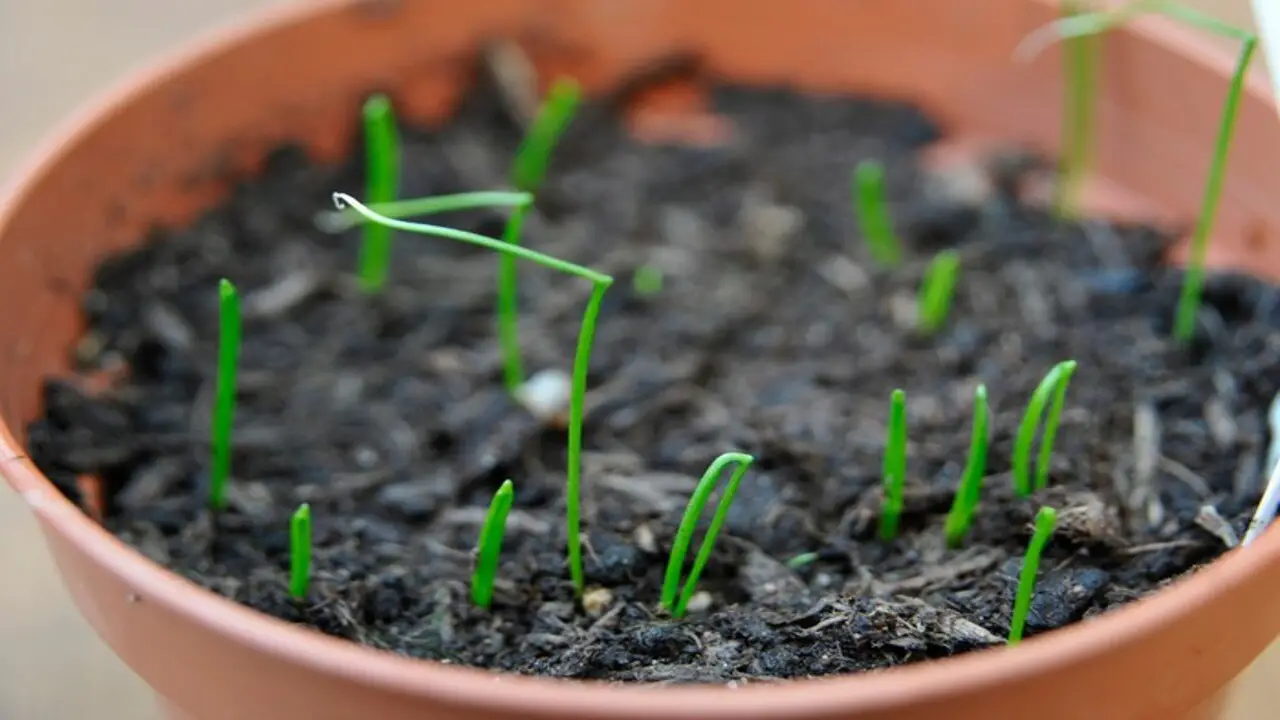
Caring for chive plants indoors is relatively easy and can be a rewarding experience. Here are some tips to help you keep your indoor chive plants healthy and thriving:
- Choose The Right Location: Chive plants prefer bright, indirect sunlight. Place them near a window that receives plenty of natural light, but avoid direct sunlight as it can scorch the leaves.
- Use Well-Draining Soil: Chives thrive in well-draining soil that is rich in organic matter. Choose a potting mix specifically formulated for herbs or vegetables to provide the necessary nutrients.
- Water Appropriately: Keep the soil evenly moist but not waterlogged. Allow the top inch of soil to dry out before watering again. Overwatering can lead to root rot, so be mindful not to oversaturate the soil.
- Fertilize sparingly: Chives don’t require heavy fertilization, but you can use a balanced liquid Fertilizer Once A Month During The Growing Season To Promote Healthy Growth.
- Trim Regularly: Regularly trim your chive plants by cutting off any yellow or wilted leaves and harvesting the outer leaves for culinary use. This will encourage new growth and prevent overcrowding.
- Watch Out For Pests: Chive plants are generally resistant to pests and diseases, but occasionally they may attract aphids or thrips. Keep an eye out for any signs of infestation and treat with an organic insecticide if necessary.
By following these care tips, you can enjoy fresh chives year-round from your indoor garden. Happy growing!
How Much Does It Cost To Grow Chive Plants Indoors?
Growing chive plants indoors is a cost-effective way to enjoy fresh herbs year-round. The initial investment for growing chives indoors includes purchasing seeds or starter plants, potting soil, pots or containers, and grow lights if necessary.
The cost of seeds or starter plants can vary depending on the source and quantity desired. Potting soil and containers are relatively inexpensive and can be reused for future plantings.
If you choose to use grow lights, there will be an additional cost for the lights themselves and potentially increased energy usage. Overall, the cost of growing chive plants indoors is minimal compared to continually purchasing fresh herbs from the store, making it a budget-friendly option for herb enthusiasts.
Conclusion
Growing chive plants indoors can be a rewarding and enjoyable experience. Not only do chives add a fresh and flavorful touch to your dishes, but they also make for a beautiful addition to your indoor garden. By following the tips and techniques outlined, you can successfully grow chive plants in the comfort of your own home.
Remember to provide them with adequate sunlight, water them regularly, and give them the proper care they need to thrive. Soon enough, you’ll be able to enjoy the taste and aroma of freshly harvested chives in your favorite recipes. Start growing your own chive plants indoors today and elevate your culinary creations to a whole new level.
Frequently Asked Questions
1.Do Chives Come Back Every Year?
Ans: Chives, a perennial herb, can come back every year. Although they may die back in the winter, they will regrow in the spring. To maintain healthy growth and prevent overcrowding, divide chive plants every 2-3 years. Regularly harvesting chive leaves also promotes new growth.
2.Do Chives Like Full Sun Or Shade?
Ans: Chives prefer full sun but can tolerate partial shade. When growing chives indoors, place them near a sunny window or under grow lights. They require at least 6 hours of sunlight per day to thrive. Too much shade can result in weak and spindly growth.
3.Is It OK To Let Chives Flower?
Ans: Allowing chive plants to flower is perfectly fine. The edible flowers add a mild onion flavor to dishes. However, removing the flowers early on can encourage more leaf growth. So, pinch off the flowers as soon as they appear to promote robust leaf production.
4.Why Are Chives Hard To Grow?
Ans: Chives can pose challenges in cultivation due to their specific growth requirements. They thrive in well-draining soil with regular watering, but excessive moisture can hinder their growth. Insufficient sunlight and over-fertilization are additional factors that can impede chive cultivation. Proper care, such as pruning and dividing the plant, can enhance chive growth.
5.What Are The Parts Of The Chive Plant?
Ans: The chive plant comprises various parts, such as its leaves, stem, bulb, and flowers. The leaves are slender with a mild onion flavor. The hollow green stem can grow up to 20 inches in height. Underground, you’ll find the small white bulb of the chive plant.

